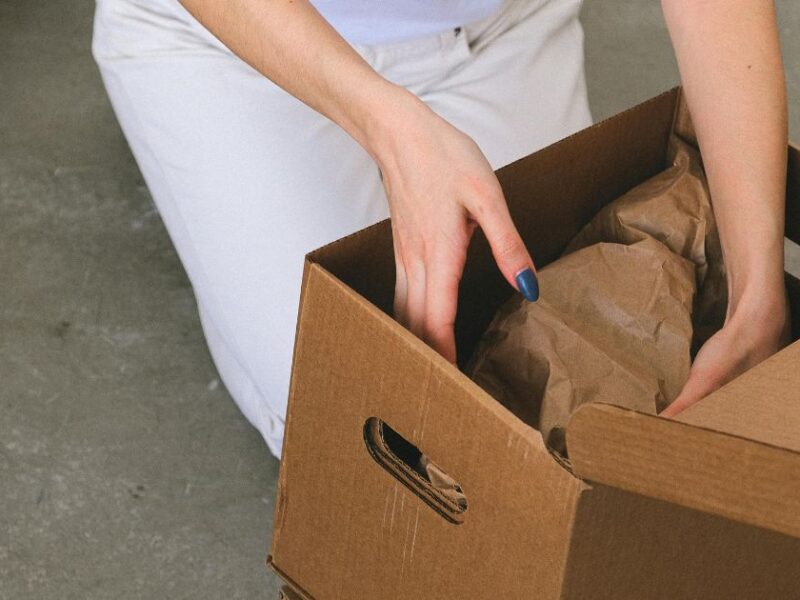When planning a move, it’s crucial to understand the limitations of your moving company, particularly regarding the types of items they can transport. Certain items are deemed restricted or hazardous, and movers will typically refuse to handle them. To avoid last-minute complications and ensure a smooth moving experience, familiarize yourself with these items and consider the safely packing restricted items tips available to you.
In this blog, we’ll discuss common restricted items, the reasons movers avoid them, and effective packing strategies to ensure safety and compliance during your move. Knowing how to manage these items not only protects you and your belongings but also helps maintain a positive relationship with your moving company.
Understanding Restricted Items
Movers typically prohibit certain items to ensure the safety of their crew, clients, and the general public, as transporting hazardous materials can lead to serious accidents and health risks. Common examples of restricted items include hazardous materials like chemicals, flammable liquids, and explosives, all of which pose significant dangers during transit. Furthermore, items such as perishable food, valuable belongings like cash and jewelry, and important documents are also often restricted, as their loss or spoilage could result in severe consequences for clients.
Reasons Movers Can’t Transport Certain Items
Movers refuse to transport certain items for various reasons. First and foremost, safety is a primary concern. Hazardous materials can pose risks during transport, potentially endangering the movers and others on the road. Legal restrictions may also apply; transporting illegal substances or items can lead to severe consequences. Lastly, the moving company’s liability policies often prevent them from transporting valuable items without additional coverage, which most customers do not secure.
Tips for Safely Packing Restricted Items
1. Identify Restricted Items Early
Before you start packing, create a comprehensive list of all the items you intend to move. Consult your moving company’s guidelines and safely pack restricted items to identify any prohibited items. This step will help you avoid any surprises as moving day approaches and give you ample time to make alternative arrangements for these items.
2. Make Alternative Arrangements
Once you’ve identified the restricted items, it’s essential to make alternative arrangements. For hazardous materials, consider disposing of them safely according to local regulations. For perishables, plan to consume or donate them before moving day. Valuable items should be transported personally or stored in a safe place rather than relying on the moving company.
3. Use Proper Packing Materials
If you need to pack items that movers cannot transport, use appropriate packing materials to ensure their safety. For example, if you’re packing fragile items like glassware, use bubble wrap, packing peanuts, or crumpled paper to cushion them adequately. Using sturdy boxes designed for heavy items will also help prevent damage during transit.
4. Label Everything Clearly
Proper labeling is essential when packing restricted items.

Clearly mark boxes containing these items as “Do Not Transport” or “Restricted.” This practice helps avoid confusion on a moving day and ensures everyone involved is aware of what should and shouldn’t be loaded onto the truck. Additionally, consider keeping a separate inventory of these items to track them effectively.
5. Secure Important Documents
When it comes to essential documents like passports, medical records, and legal papers, it’s important to take extra precautions to safeguard these critical items during your move. Rather than placing them in a moving box where they could be misplaced or damaged, it’s advisable to keep them in a secure folder or a safe that you transport yourself.
6. Transport Valuables Personally
For valuable items such as jewelry, cash, and collectibles, transporting them personally is the most prudent approach. By keeping these items with you during the move, you significantly minimize the risk of loss, theft, or damage that could occur if they were packed with other belongings. It’s wise to use a small, secure container to store your valuables while traveling, ensuring they are cushioned and protected from potential bumps along the way.
7. Disposal and Donation Options
If you find items that are restricted and no longer needed, consider disposal or donation options. Many communities have programs for the safe disposal of hazardous materials, while organizations often accept donations of gently used items. Research local resources that can assist you in properly disposing of these items.
8. Be Prepared for Questions
On a moving day, be ready to answer any questions the movers may have regarding your packed items.

They may want to verify the contents of certain boxes, especially if they suspect they contain restricted items. Being transparent and organized will help facilitate the moving process.
Final Thoughts
Packing for a move involves careful planning and consideration, especially when it comes to restricted items. By identifying these items early, making alternative arrangements, and employing proper packing techniques, you can ensure a smooth and compliant moving experience. Remember, the safety of everyone involved is paramount, so adhere to your moving company’s guidelines and local regulations.






